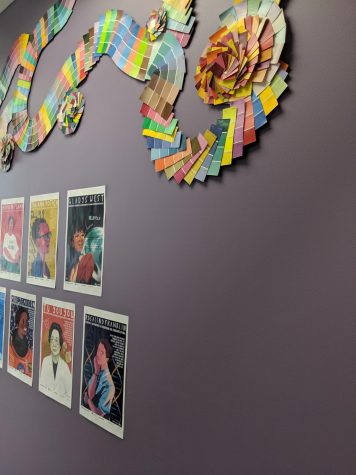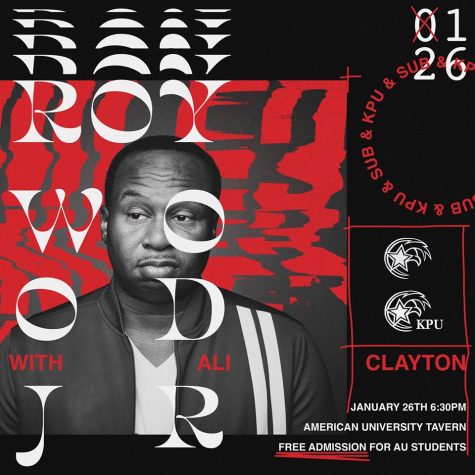Freegans Fight Food Waste: Dinner’s in the Dumpster
While most consumers stroll through supermarket aisles meticulously, searching for the reddest apple or the perfect pear, a different kind of search takes place nearby. Some people flock instead to the big metal bins that offer free food only 50 feet away from the supermarket doors. For them dumpsters do not hold trash, but waste. For Grace Kronmiller, a 27-year-old from Eugene, Oregon, dumpsters outside of wasteful corporations hold her daily meals.
“Some stores throw away food a day or two before their expiration date,” Kronmiller said. “This is such a crazy thing because they’re just arbitrary dates that are made back [at] the manufacturer, [but] mean nothing. The food is still perfectly good.”
Kronmiller is a “freegan,” a term used for people who recover edible food that would otherwise be wasted. Freegans organize dumpster dives and create meals from the food that they find. Kronmiller, an avid dumpster diver, maintains a blog called “The Funky Freegan Journal.” She says that being a freegan is more than a lifestyle. For her, it means advocating to limit consumption and to cut down on food waste.
“You can walk down the street and neighborhood dumpsters are always full of things that are just fine. ”
According to reports by NPR, American households throw away about $1,500 worth of food yearly, which is about 25 percent of all food and beverages purchases.
“It is really horrifying the amount of food that people waste,” said sophomore Brianna Hall, a teaching assistant for American University’s “Environmental Ethics” University College seminar. “It is also something that we don’t even realize that we’re doing.”
Big corporations contribute to this problem as well. The Department of Agriculture estimates that supermarkets lose $15 billion annually in unsold fruits and vegetables alone. According to a report by the National Resources Defense Council, “a packer of citrus, stone fruit and grapes estimated that 20 percent to 50 percent of the produce he handles is unmarketable but perfectly edible.”
“You can walk down the street and neighborhood dumpsters are always full of things that are just fine,” Kronmiller said. “Waste goes beyond food and permeates every part of our being. Because things are so abundant, we don’t even think about it.”
Jessica Balerna, a junior and founder of Zero-Waste at AU, agrees.
“People see food that is bruised or kind of deformed and they don’t want it,” she said. “On the huge industrial agricultural scale, [companies] have to throw that food away because people won’t buy it. [This] is a huge portion of food waste.”
According to reports from the United Nations Environment Programme, organic waste is the second highest component of landfills after paper, but the largest source of methane emissions.
“Food waste is specifically toxic if sent to landfills instead of composting facilities,” Balerna said. “It is harder to break down because they purposefully make landfills so that food doesn’t break down. Because of that, the food just heats up where it is and releases a lot of methane…which is even worse for the environment and climate change.”
Kronmiller, and other freegans like her, aim to decrease waste that would otherwise be sent to landfills.
“[We] should be conscious of what we’re wasting and where it goes,” she said. “We need to realize that we each have an impact.”

I'm a senior majoring in International Service. My areas of interest are gender rights, refugee rights, mental health, race relations, immigration,...











